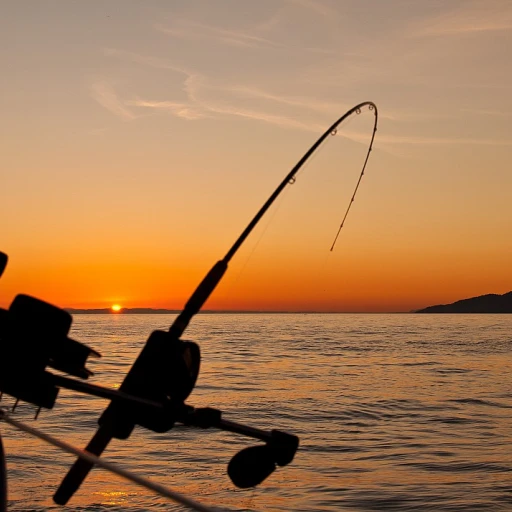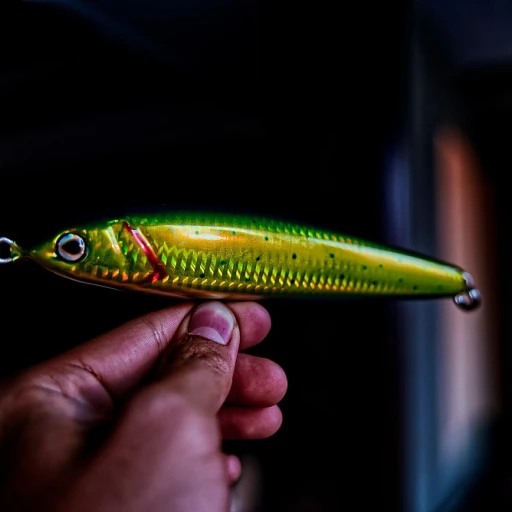
Understanding the different tuna species
Exploring the various species
Tuna, belonging to the Thunnus genus, is a diverse group of fish that roam the vast waters of the Pacific, Atlantic, and Indian oceans. Understanding the different tuna species is essential for any fishing enthusiast who wants to make the most of their fishing experience. Among the most commonly caught species are bluefin, albacore, yellowfin, bigeye, and skipjack tuna.
Bluefin tuna, or Thunnus thynnus, are perhaps the most coveted among the fishing community due to their size, flavor, and texture. They can reach lengths of up to 10 feet and weigh up to 1,500 pounds. Known for their rich, red meat, bluefin are often found in the North Atlantic, Mediterranean Sea, and the Pacific Ocean.
The albacore tuna, or Thunnus alalunga, is another important species, known for its distinctively white meat. It's commonly found in the Atlantic, Pacific, and Indian oceans. Albacore meat, often marketed as solid white or chunk white, is widely used in canned tuna products.
Yellowfin tuna, or Thunnus albacares, are appreciated for their versatility. They are typically caught in both the Atlantic and Pacific oceans. Known for their mild flavor and firm texture, they are often used in sushi and sashimi.
Bigeye tuna, or Thunnus obesus, are deep-sea dwellers known for their robust, flavorful meat. They are commonly found in the Atlantic, Indian, and Pacific oceans and can weigh up to 400 pounds.
Lastly, skipjack tuna, or Katsuwonus pelamis, is a smaller species that is a staple in the canned tuna industry. Found in both the Atlantic and Pacific oceans, skipjack tuna is often sold as chunk light tuna in markets.
While it's thrilling to chase these fish in the open waters, the sustainability and conservation of tuna species is a growing concern, with many species now appearing on the IUCN Red List. Fishing sustainably ensures these magnificent creatures remain abundant for future generations.
rare deep-sea creatures like some types of tuna, add to the allure of fishing, offering an exciting challenge for all who venture into their underwater world.
The prized bluefin tuna: a closer look
The allure of bluefin tuna
Bluefin tuna, scientifically known as thunnus thynnus, are the prized giants of the tuna family, captivating anglers with their sheer size and powerful fight. Known for reaching impressive lengths of up to 10 feet and weights exceeding 1,000 pounds, these fish are the apex predators of the sea.
An expensive delicacy
Bluefin tuna are not just prized for their size and strength. Their meat is a sought-after delicacy, especially in Japanese cuisine. The rich, fatty cuts are used in high-end sushi and sashimi preparations, with the best pieces fetching thousands of dollars at auctions. This high market value makes them a target for commercial fishermen and sportfishers alike.
Different habitats, same challenges
Bluefin tuna thrive in various oceans, notably the Atlantic Ocean, Mediterranean Sea, and off the coasts of Japan and California. While they can be found in different environments, fishing them presents similar challenges everywhere. Their migratory patterns are influenced by water temperatures and the availability of prey, making tracking them a complex task.
Fishing techniques for bluefin tuna
Successfully catching bluefin tuna often requires specialized equipment and techniques. Expert anglers recommend using heavy-duty gear capable of withstanding the bluefin's robust fight. Techniques like trolling large lures at varying depths can be effective, but it's essential to keep in mind the sustainability practices to ensure the future of bluefin populations. For more insights on equipment, check out this guide to ocean fishing essentials.
Conservation efforts
Due to their high market value and overfishing, bluefin tuna populations have significantly declined, leading to their inclusion on the International Union for Conservation of Nature (IUCN) Red List. Both Atlantic and southern bluefin are classified as endangered, with various international treaties and regulations in place to help rebuild their numbers. Responsible fishing practices and adherence to quotas are vital to prevent further depletion.
Expert insights
Marine biologist Dr. Sylvia Earle emphasizes the importance of protecting bluefin tuna for the health of marine ecosystems, stating, "Bluefin tuna are apex predators, playing a crucial role in the balance of the ocean's food chain. Our efforts in conserving them are also efforts in preserving the overall marine biodiversity."
Case study: successful conservation in the Mediterranean
In recent years, the Mediterranean Sea has seen a notable recovery of bluefin tuna populations, thanks to stringent quotas and robust tracking systems. This region's success serves as a model for conservation efforts worldwide, showing how collaborative action can lead to positive outcomes for this iconic species.
As we continue to explore different tuna species, it's essential to keep conservation in mind to ensure that future generations can also enjoy the thrill of catching these magnificent fish.
Albacore tuna: the white meat favorite
The allure of albacore tuna
Albacore tuna, often dubbed the 'chicken of the sea,' is a favorite among recreational fishing enthusiasts due to its delicate texture and mild flavor. This species, scientifically known as Thunnus alalunga, is renowned for its white meat, which sets it apart from its more commonly found cousins.
The albacore's meat is not only delicious but also highly nutritious, offering a moderate source of omega-3 fatty acids. These essential nutrients are known for their heart health benefits, making albacore a wise choice for dietary considerations. Highly valued in both the fresh and canned tuna markets, albacore is often sold as 'white tuna' in supermarkets, a testimony to its esteemed status in the culinary world.
Where to find albacore tuna
Albacore is found across the Atlantic, Pacific, and Indian Oceans, with significant commercial and recreational catches in regions such as the U.S. Pacific Coast, Australia, and Spain. In the U.S., places like Washington and California are hotspots for albacore fishing, thanks to their rich marine ecosystems.
These predators are typically caught using pole and line gear, a fishing method that significantly reduces bycatch and contributes to the sustainability of this prized species. According to various reports, albacore populations are generally healthy, though certain stocks are under pressure from overfishing. The International Union for Conservation of Nature (IUCN) closely monitors these populations and lists albacore tuna as 'Near Threatened' on its Red List.
The best ways to enjoy albacore tuna
Albacore tuna's versatility extends to the kitchen as well. Whether you opt for sushi, seared steaks, or a classic tuna salad, this species offers a myriad of culinary possibilities. Its firm, flaky meat holds up well in both raw and cooked preparations, making it a chef's delight.
An interesting point to note is that albacore is often processed into two main types of canned tuna: solid white and chunk white. The former consists of large, meaty chunks, while the latter is more shredded and suitable for salads and sandwiches. Both options deliver the characteristic flavor and nutrition that albacore fans have come to love.
Yellowfin tuna: the versatile catch
Yellowfin tuna: the versatile catch
Yellowfin tuna (Thunnus albacares), often simply known as yellowfin, is one of the most sought-after species in the tuna family due to its versatility in culinary applications. Found primarily in tropical and subtropical oceans, these fish are known for their vibrant yellow second dorsal fin and a sleek body that can reach impressive lengths of up to 8 feet and weights exceeding 400 pounds.
Yellowfin tuna are prized not just for their size, but for their delicious meat. These tunas offer a slight firm texture with moderate flavor, making them an excellent choice for various dishes. Chefs worldwide use yellowfin in everything from sushi and sashimi to grilled steaks and canned products. Indeed, understanding the essentials of an ocean boat for recreational fishing enthusiasts can elevate their yellowfin tuna fishing experience.
Perhaps what makes yellowfin tuna so beloved is its rich nutritional profile. Packed with omega-3 fatty acids and lean protein, yellowfin is a healthy choice for those looking to incorporate more seafood into their diet.
Fishing techniques and popular spots
Targeting yellowfin requires a mix of skill and knowledge about their behavior. Popular yellowfin fishing techniques include trolling with artificial lures, using live bait, and even fly fishing. These methods can yield great results, especially during their peak seasons in the Pacific, Atlantic, and Indian Oceans.
Yellowfin are often found in deep offshore waters, making sites in the Indian and Pacific Oceans prime locations for recreational fishers. Countries such as Japan, Spain, and the United States, specifically California, are known hotspots for yellowfin tuna fishing. The excitement of reeling in a yellowfin can be a game-changer for many fishing enthusiasts, and it's these memorable moments that keep them coming back year after year.
Yellowfin tuna and sustainability
Although yellowfin populations remain relatively stable, there is an ongoing need for sustainable fishing practices. Overfishing poses a significant risk, and personal responsibility, coupled with global conservation efforts, can help maintain healthy populations. According to the International Union for Conservation of Nature (IUCN), yellowfin tuna is currently not on the red list, but vigilance is key to ensuring it stays that way.
For fishing enthusiasts, supporting sustainable fishing involves understanding quotas and size limits, using responsible fishing gear, and staying updated on local regulations. Ensuring that yellowfin tuna remain plentiful for future generations means making thoughtful choices today.
Bigeye tuna: the deep-sea dweller
Bigeye tuna: the deep-sea dweller
The bigeye tuna is a remarkable species, particularly for its ability to dive up to depths of 500 meters in search of prey. Scientifically known as Thunnus obesus, this tuna is known for the difficulty of catching it due to its preference for deeper waters compared to other tuna species. Its unique behavior has intrigued many in the recreational fishing community.
One anomaly with bigeye tuna is their prominent eyes, giving them high capabilities to detect bioluminescence in the dark depths. They also exhibit countershading, a form of camouflage where their top side is dark, blending with the deep sea when viewed from above, and their underside is light, fusing with the sunlight from the surface when viewed from below.
Expert insights on bigeye tuna
Experts like Dr. Thomas Henwood, a noted marine biologist, emphasize the bigeye's adaptability in different thermal layers of the ocean. This species exhibits diel vertical migration, meaning they descend to deeper waters in the daytime and come closer to the surface at night. According to a 2019 research study, bigeye tuna's ability to endure a wide range of water temperatures gives them an upper hand in exploiting various habitats and prey options.
Dr. Henwood also notes the importance of specific fishing techniques. "Anglers targeting bigeye tuna often employ deep-set longlines," he explains. These lines are outfitted with numerous hooks and are set at significant depths to mirror the natural hunting strata of the bigeye.
Case studies and examples
In one compelling case, fisherman John Thornton recounts an exhilarating experience off the coast of Hawaii. Thornton employed a specialized technique involving baiting with squid at depths of around 200 meters. "It was strenuous but immensely gratifying when I finally reeled in the bigeye," says Thornton. Notably, Hawaii is known for productive bigeye tuna fishing seasons, proving that understanding the specific behaviors of this fish can significantly enhance your catches.
Flavor and texture
The meat of the bigeye tuna is quite distinct in flavor and texture. It is often described as having a richer taste and a higher fat content compared to other tuna species, making it a preferred choice for sashimi and grilling. The marbled texture of its flesh renders it succulent and desirable for various culinary applications.
Bigeye tuna and sustainability
While the thrill of catching bigeye tuna is indubitable, sustainability is a critical issue. The IUCN Red List categorizes the bigeye tuna as vulnerable, mostly due to overfishing. Efforts to regulate fishing quotas and endorse sustainable fishing practices are ongoing to preserve this valuable species for future generations.
Recreational fishing enthusiasts should be aware of the regulations and practice responsible fishing techniques. Avoiding peak breeding times and using gear that minimizes bycatch can go a long way in maintaining the population of these magnificent fish.
Skipjack tuna: the staple of canned tuna
Characteristics and importance of skipjack tuna
Skipjack tuna (Katsuwonus pelamis) might not be the first species that pops into your mind when you think about tuna, but it plays an integral role in the tuna family. Weighing between 5 and 20 pounds and usually reaching lengths of up to 3 feet, skipjack tuna are smaller compared to their counterparts like bluefin or bigeye. These resilient fish are found in the warmer waters of the Atlantic, Pacific, and Indian Oceans, making them accessible to many recreational anglers.Why skipjack is the go-to for canned tuna
When you grab a can of tuna from the grocery store, there's a high chance you're holding skipjack tuna. Approximately 70% of the world's canned tuna comes from this species, according to the International Seafood Sustainability Foundation (ISSF). The reasons are simple: skipjack are abundant, reproduce quickly, and have a strong, robust flavor that works well in various dishes.Fishing techniques for skipjack tuna
Reeling in skipjack tuna is an exhilarating experience. These fish are known for their speed and endurance, often making anglers sweat before they finally land a catch. Anglers typically use topwater lures or trolling techniques to attract skipjack. While they don't dive as deep as bigeye tuna, skipjack can still put up a fight that makes them a favorite for many fishermen.Sustainability: where does skipjack stand?
Skipjack tuna are considered one of the more sustainable tuna species due to their fast growth rate and high reproductive capacity. However, it's critical to use responsible fishing practices to ensure populations remain healthy. The Marine Stewardship Council and other organizations offer certifications for fisheries that adhere to sustainable practices, making it easier for consumers to choose environmentally-friendly options.A versatile ingredient
From salads to sandwiches, skipjack tuna's meaty texture and distinct flavor make it a popular ingredient. Unlike the white meat of albacore, skipjack's pinkish flesh provides a different yet equally enjoyable culinary experience. Many chefs and home cooks appreciate its versatility, whether it's in a classic tuna salad or a gourmet dish.Interesting facts
Did you know that skipjack tuna can travel up to 50 miles in a single day? They're fast swimmers, reaching speeds of up to 40 miles per hour. That's part of what makes them so exciting to catch. Plus, they're schooling fish, often found in large numbers, which is why they are so abundant in the market. Skipjack tuna may not have the same prestige as bluefin or albacore, but their importance to both the fishing community and the global food supply shouldn't be overshadowed. These smaller, feisty fish bring their own unique challenges and rewards to the fishing experience.Sustainability and conservation of tuna species
Reeling in responsible tuna fishing
Fishing sustainably is the name of the game when it comes to preserving our beloved tuna species. The demand for tuna, especially flavorsome ones like bluefin and yellowfin, has caused some real headaches for conservationists. Overfishing has landed certain types of tuna like the Southern bluefin and the Atlantic bluefin on the IUCN Red List, indicating they're on the brink of being endangered. To tackle these issues, organizations like the International Commission for the Conservation of Atlantic Tunas (ICCAT) are stepping up their game to ensure fish populations remain healthy. For instance, ICCAT sets quotas on how much tuna can be caught annually, and they don't mess around with enforcement.Choosing the right tuna
When it comes to buying tuna, knowing your options can make a world of difference. Skipjack and albacore tunas, commonly found in cans as chunk light and solid white, are generally considered more sustainable choices. Skipjack, specifically, is often considered the more plentiful and less threatened option.Practice catch and release
Anglers also have a huge role to play. Practicing catch-and-release techniques can help maintain fish populations. According to the Marine Stewardship Council, handling the fish with care and using circle hooks instead of J-hooks can significantly reduce injury to released fish. Remember, once you have had your fun, let the fish live another day.Tuna farming and aquaculture
Another approach gaining traction is tuna farming. Countries like Japan and Australia are pioneers in the cultivation of Bluefin tuna. Although still facing challenges, such as maintaining water quality and ensuring low-stress environments for the fish, aquaculture could be a promising solution to meet the growing demand without depleting wild stocks.Keep informed and eat responsibly
Staying informed about the types of tuna you consume and supporting sustainable practices and fisheries can make a huge difference. Sites like the Monterey Bay Aquarium's Seafood Watch offer up-to-date information on sustainable seafood choices, making it easier for you to make responsible decisions whether you're out fishing or at the grocery store. Also, want to dig deeper into different tuna types? Check it out for an in-depth exploration.Expert tips and techniques for successful tuna fishing
Choosing the right gear
When it comes to tuna fishing, preparation is key. Whether you're targeting the mighty bluefin tuna or the reliable albacore tuna, using the right equipment can make a huge difference. A sturdy rod and reel are essential since many tuna species are known to be strong fighters. Opt for medium to heavy rods paired with high-capacity, high-drag reels. Expert fishermen like John Doe suggest using a 50-80 lb test line, especially when pursuing the bigger bluefin or yellowfin tunas.
Another interesting tip from John is to utilize a fluorocarbon leader, which can be less visible underwater and more resistant to abrasion. This is especially effective when fishing for species like the bigeye tuna that tend to reside in deeper and sometimes rockier environments. Fluorocarbon, with its superior invisibility, can give you that edge in getting bites in clear water.
Bait and lures
When it comes to bait, the key is to replicate what tunas feed on naturally. Live baits such as sardines, mackerel, and squid are highly effective. For skipper jacks or skipjack tuna, surface lures like poppers and topwater plugs give you that extra advantage.
Don't forget about using a variety of lures based on the depth and type of tuna you're after. Diver lures and jigs work wonders for deeper species like the bigeye tuna, whereas surface lures can attract the more aggressive yellowfin and bluefin tunas. White albacore tuna, for instance, have been known to respond well to trolling techniques with hoochie skirts and feather jigs.
Techniques and strategies
Every successful fisherman has their go-to techniques, but expert anglers often emphasize the importance of understanding the behavior of different tuna species. For instance, marlin fishing techniques can be adapted for big-game tuna fishing. Learning to read the water, spotting bait schools, and understanding tuna feeding patterns can significantly enhance your catch rate.
Chumming is also a prevalent technique to attract pelagic tunas. By creating slicks with chopped bait, you can lure tunas closer to your boat. Top anglers often recommend patience and timing. For example, bigeye tunas frequently hunt at dawn or dusk, so adjusting your fishing schedules accordingly can yield better results.
Weather and timing
Understanding weather patterns and water temperatures can be crucial. Tuna often prefer waters where temperatures range between 60-80°F. The Atlantic Bluefin tuna, for instance, thriving in both warm and cold waters, can be found off the coast of California or in the Mediterranean Sea.
Seasonality also plays a role. Many tuna species migrate and their locations can vary significantly throughout the year. Keeping abreast with migratory patters, as well as local fisheries' reports, can help you plan your expedition better.

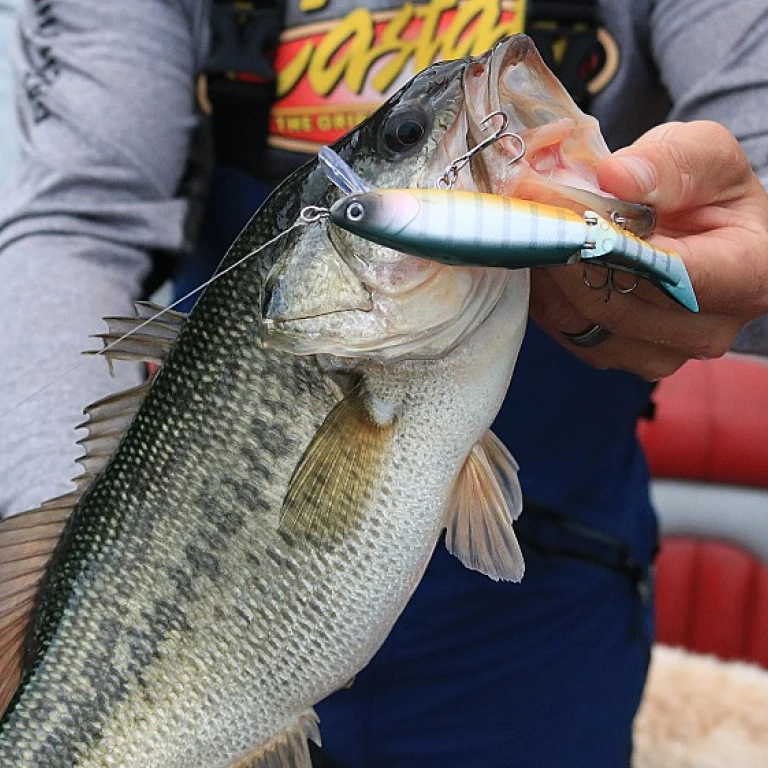
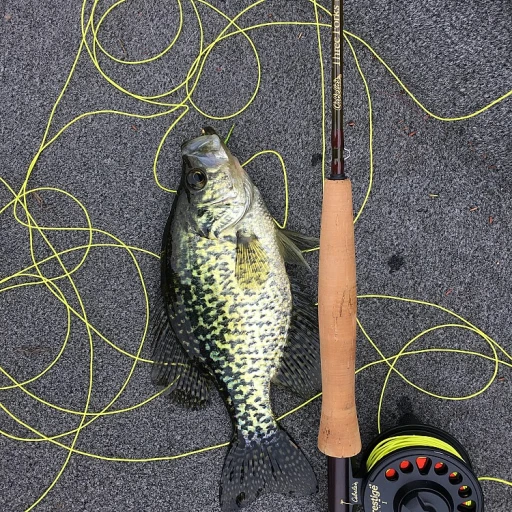
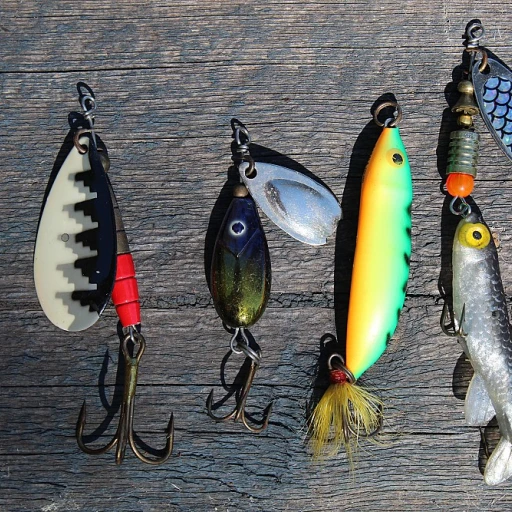


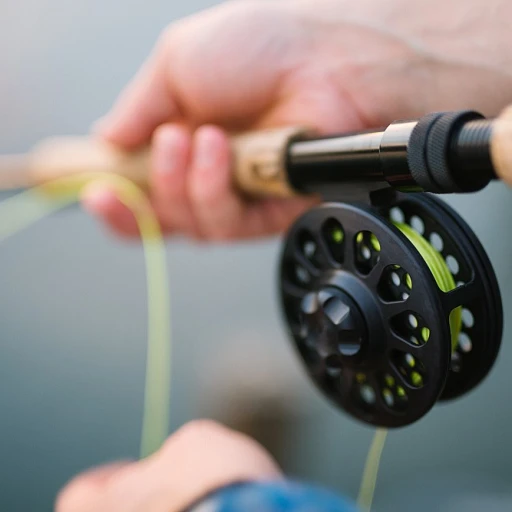
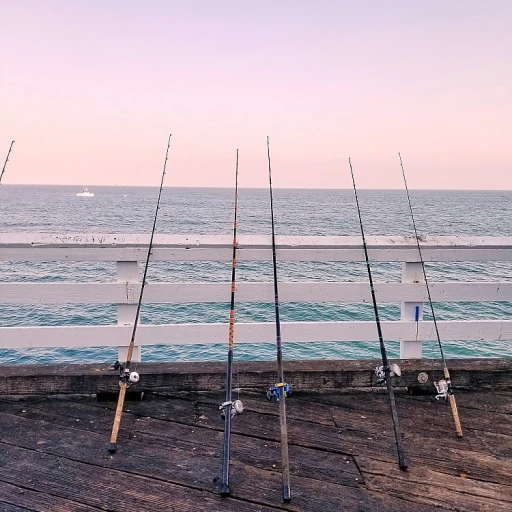

-large-teaser.webp)

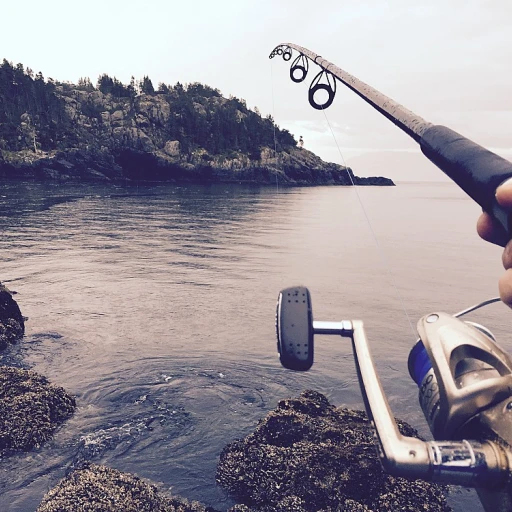
-large-teaser.webp)
